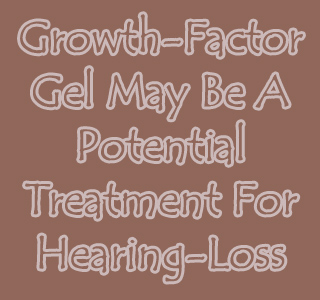
Scientists examined two nationally representative surveys and observed that through 2005-2006, 1 in every 5 youngsters reported hearing loss. The two comparable databases that were scrutinized by the authors were provided by the Third National Health and Nutrition Examination Survey (NHANES III), 1988-1994, and NHANES 2005-2006. While NHANES III encompassed information about 2,928 participants, NHANES 2005-2006 included data of 1,771 participants, aged 12 to 19 years.
The alteration in the prevalence of hearing loss was noted by Josef Shargorodsky, M.D., M.P.H., of Brigham and Women’s Hospital, Boston, and colleagues. The investigators also analyzed characteristics of hearing impairment in the age group of 12-19 years. During the study, experts grouped audio-metrically determined hearing loss as unilateral or bilateral for low frequency which probably is 0.5,1, and 2 kilohertz (kHz) or high frequency that is 3,4,6, and 8 kHz. They also segregated the data as slight loss in which greater than 15 to less than 25 decibels (dB) were considered, or mild or greater loss in which 25 dB or greater was encompassed. These categories were apparently based on the hearing sensitivity in the worse ear.
Experts allege, “The prevalence of hearing loss among a sample of U.S. adolescents aged 12 to 19 years was greater in 2005-2006 compared with 1988-1994. Further studies are needed to determine reasons for this increase and to identify potential modifiable risk factors to prevent the development of hearing loss.”
In 1988-1994 approximately 14.9 percent adolescents aged 12-19 years were supposedly diagnosed with hearing loss. It was mentioned that in 2005-2006, 19.5 percent representing around 6.5 million individuals suffered from this disorder. So a 31 percent elevation in the prevalence of hearing loss appeared over this time. Scientists highlighted that most of hearing loss cases were slight and not major. It was claimed that the prevalence of any unilateral hearing loss was 11.1 percent and of bilateral hearing loss was 3.8 percent in 1988-1994. Experts suggested that in 2005-2006, unilateral hearing loss was 14.0 percent and any bilateral hearing loss was 5.5 percent.
In both the surveys, all high-frequency hearing loss appeared to have a prevalence of 12.8 percent in 1988-1994, but in 2005-2006 this prevalence increased to 16.4 percent. The prevalence of any low-frequency hearing loss was 6.1 percent in 1988-1994 and 9.0 percent in 2005-2006. Cases of mild or worse hearing loss were ascertained to be considerably higher in NHANES 2005-2006 than in the 1988-1994 cycle. In fact an elevation of 77 percent was monitored.
A difference in gender was also observed, wherein females registered less cases of hearing loss as compared to males in 2005-2006. The probable link between histories of 3 or more ear infections, firearm use, and loud noise exposure for 5 or more hours in a week with any hearing loss in 2005-2006 was also noted. Higher odds of hearing loss apparently came from people belonging to families below the federal poverty threshold than those above the threshold.
The study was published in the August 18 issue of JAMA.
